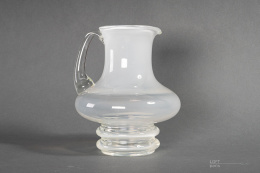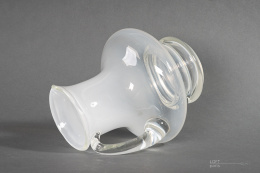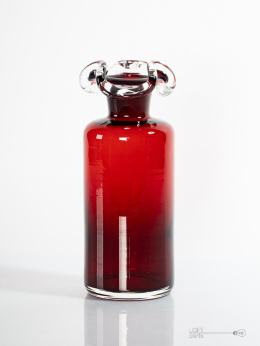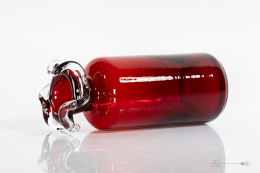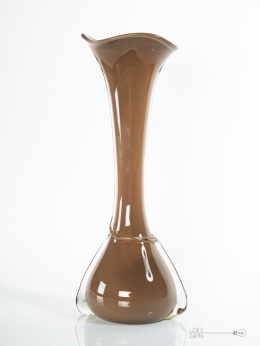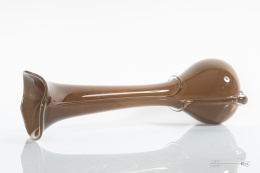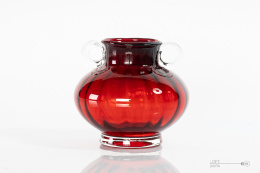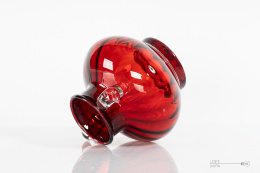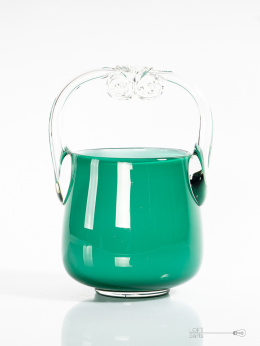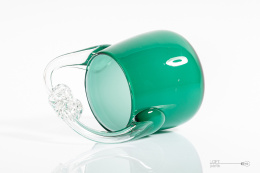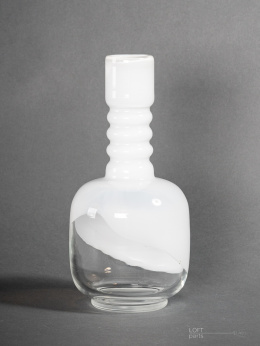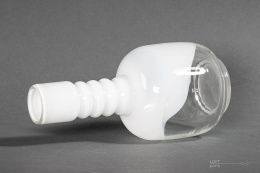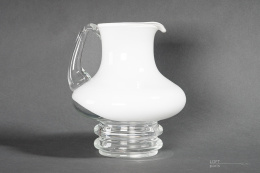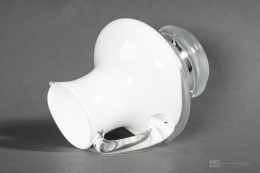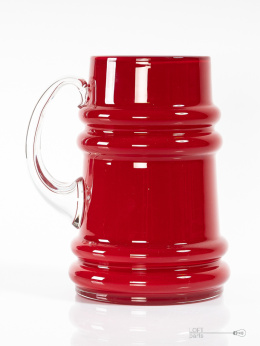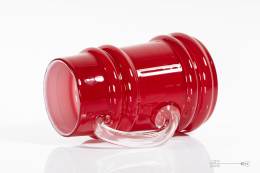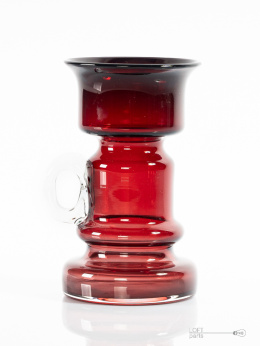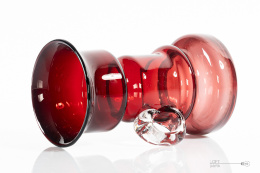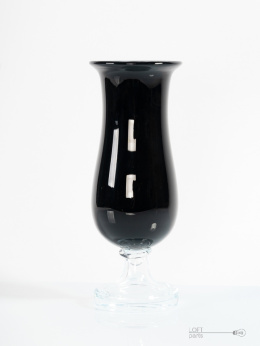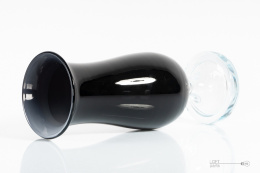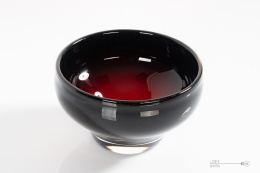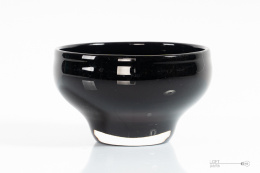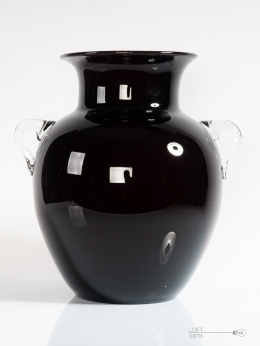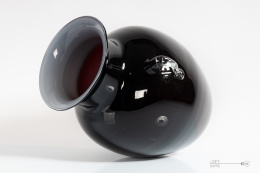- Categories
- Search
-
Jerzy Słuczan-Orkusz
He lived from 1924 to 2002. Glazier artist, creator of unique glass, designer of utility glass, including lighting glass. From 1948 he studied at the State Higher School of Fine Arts in Wrocław, obtaining in 1953, as one of the first three students, a diploma with a specialization in glass. After obtaining his diploma, he started working as a designer in the glassworks "Józefina" (since 1966 Crystal Glassworks "Julia") in Piechowice, where during his studies he completed a student internship. The contacts established at that time helped him to organize a calibration center in the plant as early as 1953. He persuaded his colleague from university, graphic designer Zygmunt Waśniewski, who dealt with engraving, to cooperate in the steelworks. Słuczan-Orkusz worked in Piechowice until 1957. The utility vessels created by him, as the first projects of the designer, were not free from shortcomings, but they took into account the prevailing workshop and economic conditions. Greater recognition among the works created in Josephine was aroused by later designs made of crystal glass formed by hand. After leaving Piechowice, Słuczan-Orkusz ran a glass workshop at the Wrocław Studio of Fine Arts in the years 1957–1959. At the same time, in 1959, he became the head of the calibration center of the "Nysa" glassworks in Pieńsk, the only glassworks in Poland at that time dealing with the production of lighting glass. The artist's projects in this field were segmental; They could be combined in larger numbers, or in the case of smaller rooms, used individually. He used his experience in working on lighting glass after leaving "Nysa" in 1964, while working in the Poznań Cooperative of Work "Lumen" and in the Lighting Equipment Design Plant at the Provincial Technology Center. In 1968 he was employed in the Krakow branch of the Institute of Glass, where he worked until 1981, with a break in 1974-1979, devoted to work at the Branch Design Center at ZHSGiT ''Vitropol'' in Sosnowiec. The plant in Krakow had a good technological base, which enabled the designer to create a series of technologically distinctive color glasses, characterized by various textures, of a para-unique nature. Milky glasses were created, smoky, in shades of yellow, red, amber, with surfaces resembling volcanic tuff or antique glasses. The designer reached for forms straight from the European and Oriental traditions. For decorating, the designer used circular overlays, threads and ribbons wrapping around the birches, glued ears, notched feet. He also worked on the use of glass in architecture. In the sphere of his experiments remained luxurious, partition walls, suspended decorative elements. In 1971, Jerzy Słuczan-Orkusz presented his projects at the Desy Gallery on St. John Street in Krakow. The exhibition met with such enthusiasm of visitors and critics that the Institute decided to open a company store on Mariacki Square. Although the designer's archaizing glasses were popular among customers, there were accusations that in some of his projects the border between the author's idea and historical borrowings was blurred. In the period 1982-1991 Słuczan-Orkusz was the chief designer of HS ''Tarnowiec'' in Tarnowiec. He designed utility glass for this plant, but also lighting glass. From this period come economical in expression vessels from the black and white series, made in opaque, two-layer soda glass, with shapes referring to simple geometric forms (although there were also referring to vessels from other epochs and cultural circles). Glass was usually designed in one color, in the other any ornaments were made.
In my shop you will find many objects designed by Jerzy Słuczan-Orkusz illustrating his huge contribution to the Polish school of glass design.
|
I bądź na bieżąco ze wszystkimi nowościami! |
|
![[{[item.product.name]}]]([{[item.product.photo.url]}] 125w)

